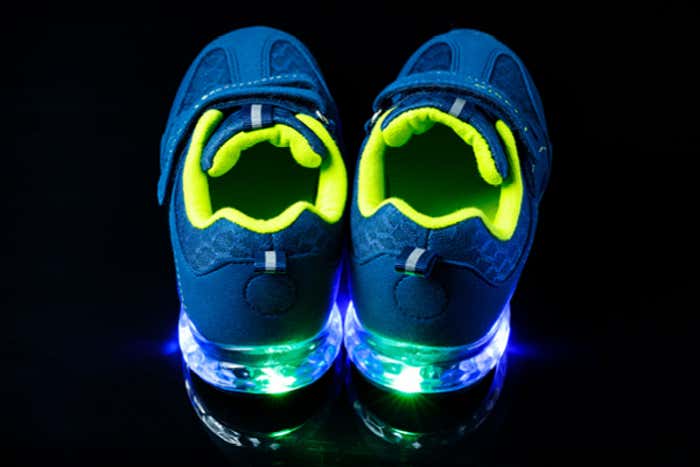
Last week the Federal Circuit issued 7 decisions, including cases addressing Article III standing and the role of common sense in obviousness analyses. We provide last week’s statistics and our case of the week, which focuses on the recurring issue of when a claim’s preamble limits its scope.
Precedential opinions: 5
Non-precedential opinions: 1
Rule 36: 1
Longest pending case from argument: Avalos v. Dep’t of Housing and Urban Development, No. 19-1118 (206 days from argument to decision)
Shortest pending case from argument (non-Rule 36): SolarWorld Americas, Inc. v. United States, No. 19-1591 (79 days from argument to decision)
Case of the week: Shoes by Firebug LLC v. Stride Rite Children’s Group, LLC, No. 19-1622 (June 25, 2020)
Panel: Judges Lourie, Moore, and O’Malley, with Judge Lourie writing the opinion.
You should read this case if: you have a matter involving a dispute about whether a claim preamble is limiting.
As the Federal Circuit often observes, there is no “litmus test” to determine whether a claim’s preamble limits its scope. The absence of such a bright-line rule led to this dispute about a particularly “bright” invention: light-up shoes.
Firebug owns patents directed to illumination systems in footwear. It sued Stride Rite, a competitor in the children’s footwear market, alleging that Stride Rite infringed two of Firebug’s patents. In response, Stride Rite petitioned for inter partes review of those patents, asserting that the challenged claims were unpatentable for obviousness over prior-art references disclosing light-up shoes. The Board determined that the claim preambles in both patents were not limiting. It went on to hold all challenged claims unpatentable as obvious. Firebug appealed.
The Federal Circuit disagreed with part of the Board’s claim-preamble analysis but ultimately affirmed the Board’s decisions. The Court reiterated its rule that “a preamble is not limiting ‘where a patentee defines a structurally complete invention in the claim body and uses the preamble only to state a purpose or intended use for the invention.”
The preambles of both patents in the appeal recited “[a]n internally illuminated textile footwear,” but the limitations following the preambles differed. In one patent, the claim body included “a footwear” that “comprises a sole and an upper.” As to that patent, the Court agreed with the Board that the preamble was not limiting, since the claim body recited a structurally complete invention. But in the other patent, the claim body referred to “footwear” only in describing the configuration of the illumination system—“the illumination system being housed within the footwear.” Thus, the Court disagreed with the Board and determined that the preamble in that patent was limiting, since the claim body’s structural limitations relied on the “footwear” recited in the preamble. Nonetheless, the Court concluded that the Board’s error was harmless, as the Board’s findings supported obviousness under the correct claim construction.
Samuel B. Goldstein co-authored this article as an associate in our Appellate + Supreme Court practice before departing the firm for a judicial clerkship.